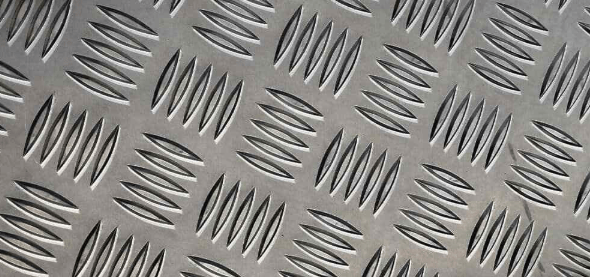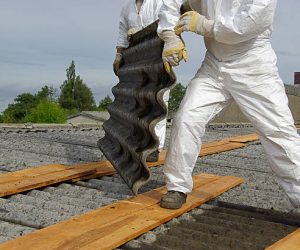Choosing the correct thickness for your aluminium checker plate can significantly impact your project’s success. Whether you’re working on a flooring solution, a vehicle modification, or a decorative feature, the right specifications can save you time, effort, and costs down the line. This article provides a comprehensive guide to help you navigate the decision-making process.

Understanding Aluminium Checker Plate and Its Applications
An aluminium checker plate is a versatile material known for its strength, lightweight nature, and anti-slip properties. Often used in construction, transport, and interior design, its textured surface makes it a practical choice for environments requiring durability and aesthetics. These plates are commonly applied in industrial settings, ramps, truck beds, and even kitchen designs. However, selecting the correct thickness is crucial to ensuring that it serves its intended purpose effectively.
Factors to Consider When Choosing the Thickness
1. Load-Bearing Requirements
The first and most important factor to consider is the weight the plate will need to support. For heavy-duty applications, such as flooring in high-traffic areas or industrial platforms, thicker plates are recommended. On the other hand, for lightweight or decorative purposes, a thinner gauge may suffice. Assessing the load-bearing needs of your project ensures the material will perform well under pressure.
2. Environmental Conditions
Environmental factors, such as exposure to moisture, temperature fluctuations, or corrosive substances, can influence the longevity of an aluminium checker plate. If the material will be used outdoors or in humid conditions, you might need a thicker plate with additional coatings to resist wear and tear.
3. Budget Constraints
Cost is always a consideration in any project. Thicker plates generally cost more, not just because of the additional material but also due to increased transportation and handling expenses. Striking a balance between functionality and budget is essential to achieving a cost-effective solution.
Common Thickness Options and Their Uses
1. 1.5mm to 2.5mm
These are among the thinnest options available, ideal for decorative applications or light-duty use. They work well in interior design projects, such as wall panels or cabinetry, where structural strength isn’t a primary concern.
2. 3mm to 4mm
This range is suitable for medium-duty applications, including residential flooring, stairs, or vehicle interiors. It offers a good combination of strength and manageability, making it a popular choice for small-scale projects.
3. 5mm and Above
Thicker plates in this category are typically reserved for industrial or heavy-duty use. They are capable of withstanding substantial loads and are often used for truck beds, factory floors, and ramps.
Calculating the Optimal Thickness for Your Project
While standard recommendations can guide you, specific project requirements often demand a tailored approach. To determine the best thickness:
- Evaluate the Load: Consider the maximum weight the plate will need to bear and account for safety margins.
- Measure the Span: For flooring or platforms, a larger span between supports may require a thicker plate to prevent sagging.
- Seek Expert Advice: If unsure, consult with a material specialist or engineer to ensure your choice aligns with the project specifications.
Installation Considerations for Aluminium Checker Plate
Once you’ve chosen the right thickness, proper installation is key to maximizing the plate’s performance. Ensure that the surface is clean and level before installation to prevent premature wear. If the plate will be exposed to heavy traffic or impact, secure it firmly using appropriate fasteners or adhesives. This step is crucial to maintaining both safety and aesthetics.
Conclusion
Selecting the right thickness for your aluminium checker plate is a critical step that impacts both the functionality and longevity of your project. By understanding the material’s applications, assessing your project’s requirements, and factoring in load-bearing, environmental, and budget considerations, you can make an informed decision. Whether you’re designing a stylish interior or building a robust industrial platform, choosing the correct thickness ensures your project stands the test of time.



